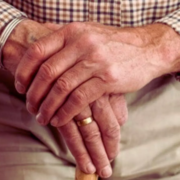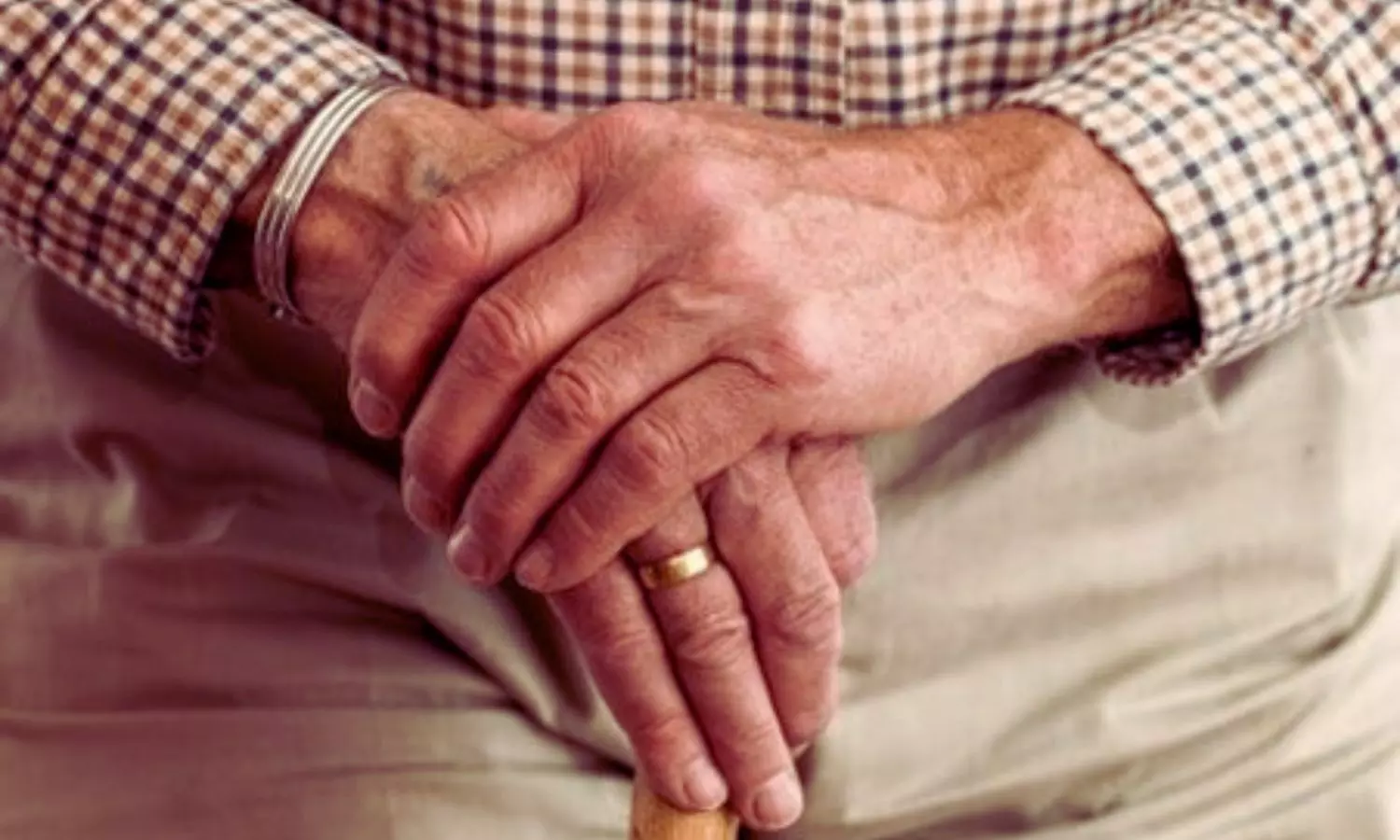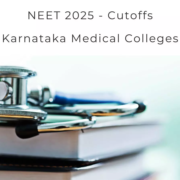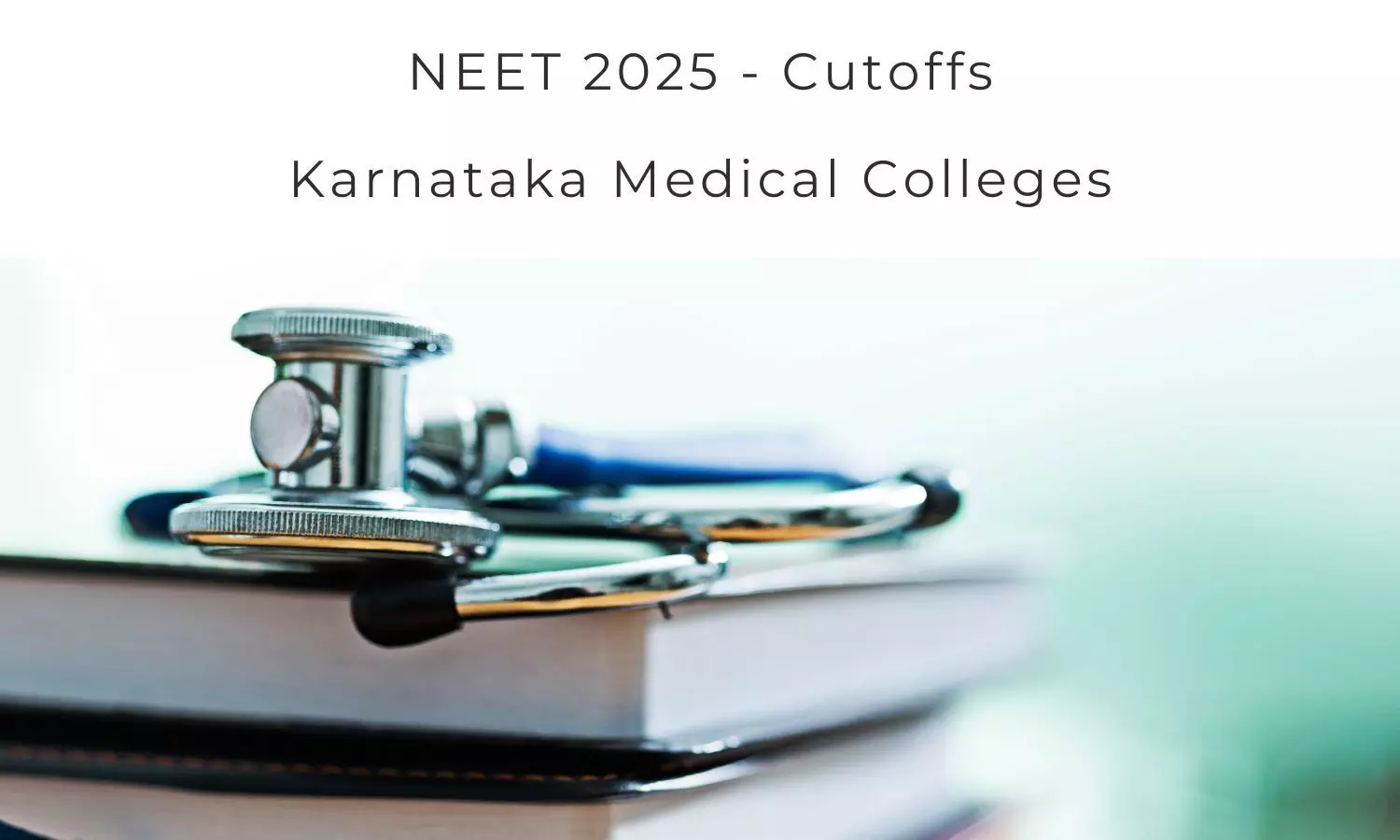Sleep and Testosterone: Dual Drivers of Psoriasis Risk in Men: Study
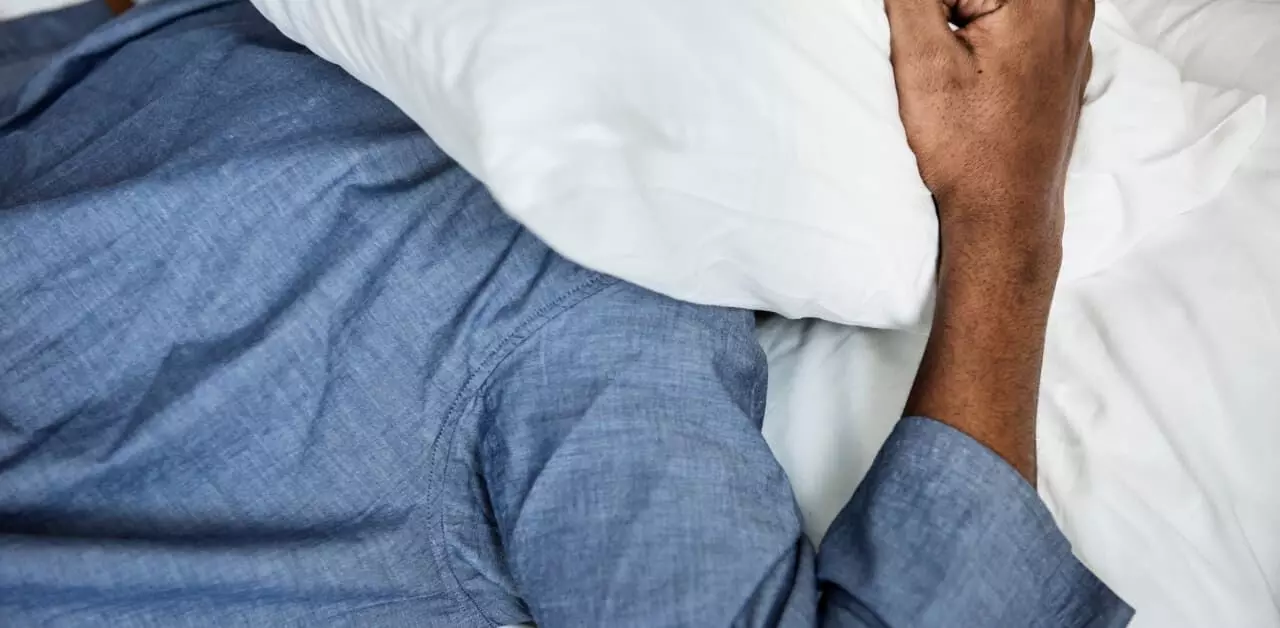
Men with low testosterone levels below 300 ng/dL are twice as likely to develop psoriasis (OR 2.97), while sleep less than 7 hours was associated with a 76% higher risk, according to NHANES data. Risk diminished at very low testosterone levels and beyond 8 hours of sleep, highlighting hormonal balance and sleep as modifiable risk factors in psoriasis prevention.
Psoriasis is a chronic, multisystemic immune-mediated inflammatory disorder with a complex etiology involving genetic, environmental, and systemic factors. Testosterone, a key androgen hormone, has immunomodulatory effects, and its deficiency is linked to increased inflammation. Sleep disturbances are also known to exacerbate systemic inflammation. This study investigates the associations between low testosterone levels, short sleep duration, and psoriasis risk using data from the US National Health and Nutrition Examination Survey (NHANES) 2011– 2014. This cross-sectional study included 4,060 male participants, after excluding individuals with missing data on psoriasis, testosterone, sleep duration, and relevant covariates. Psoriasis status was self-reported, testosterone levels were measured using isotope-dilution liquid chromatography-tandem mass spectrometry (ID-LC-MS/MS), and sleep duration was assessed through a self-reported questionnaire. Multivariable logistic regression models were used to estimate the associations between testosterone levels, sleep duration, and psoriasis risk. Restricted cubic spline (RCS) analysis explored potential non-linear relationships, and subgroup and sensitivity analyses were performed to test the robustness of the findings. Results: Participants with testosterone levels below 300 ng/dL had a significantly higher risk of psoriasis (OR=2.97, 95% CI: 2.16– 4.09, P< 0.001) in the fully adjusted model. Short sleep duration (< 7 hours) was also associated with increased psoriasis risk (OR=1.76, 95% CI: 1.33– 2.35, P< 0.001). The RCS analysis revealed a non-linear association between both testosterone levels and sleep duration with psoriasis risk, with risk plateauing at extremely low testosterone levels and sleep durations longer than 8 hours. Sensitivity analysis excluding participants with testosterone levels > 1000 ng/dL confirmed the robustness of these associations. Low testosterone levels and short sleep duration are independently associated with an increased risk of psoriasis in a large, diverse male population. These findings highlight the importance of hormonal and lifestyle factors in the prevention and management of psoriasis, suggesting potential intervention points for improving patient outcomes.
Reference:
Zhuo Y, Lin L, Dong Q, Ye J. Testosterone Deficiency and Sleep Deprivation as Risk Factors for Psoriasis: Insights From the National Health and Nutrition Examination Survey (NHANES) 2011–2014. Clin Cosmet Investig Dermatol. 2025;18:1579-1591
https://doi.org/10.2147/CCID.S521594
Keywords:
Sleep, Testosterone, Dual Drivers, Psoriasis, Risk, Men, Zhuo Y, Lin L, Dong Q, Ye J, psoriasis, testosterone, sleep duration, inflammation, immune modulation
Powered by WPeMatico


